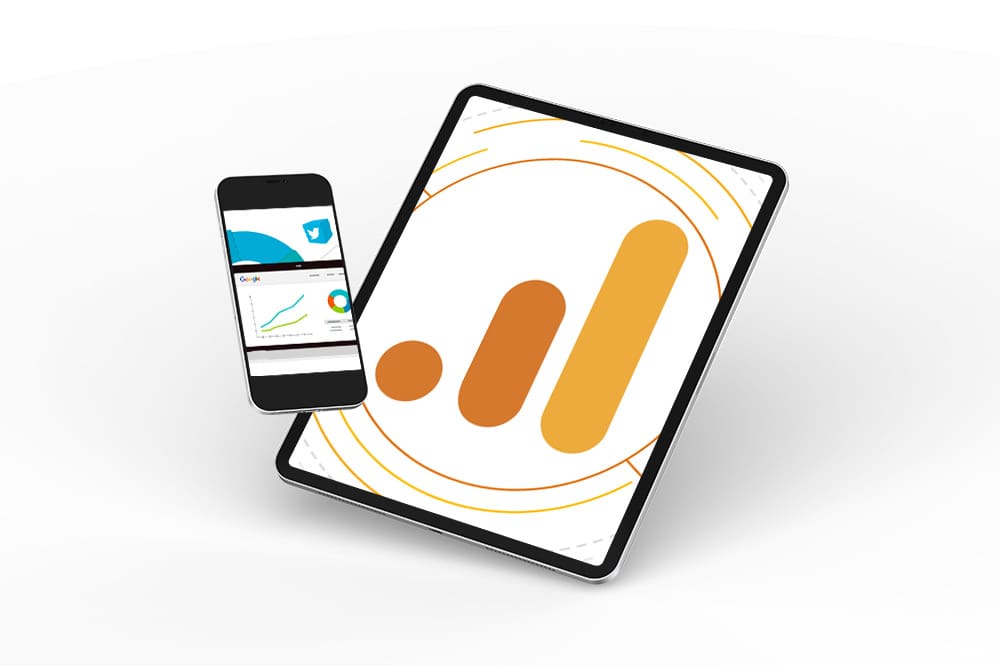The new Google Analytics provides customer-centric measurements instead of measurements fragmented by device and/or by platform. It uses identity spaces, including marketer-provided IDs and Google signals from users opted into ads personalization, to give you a wholistic view of how customers interact with your business. You can see if customers discover your business from a digital ad, and later install your app and make purchases there. You’ll also develop a better understanding of your customers across their lifecycle, from acquisition to conversion and ultimately to retention. This is critical when people’s needs rapidly change, and you have to make real-time decisions to win and keep customers.
Make sure you have the permissions needed
Before starting, ensure you’re using a Google Account that has Edit permission for the Analytics property and Administrative access for the Google Ads accounts. Additionally, only active Google Ads account is eligible for linking with a property in Analytics.
These permissions are only required for linking. After you’ve created the link, permissions can be modified or removed.
The wizard makes it easy to link a Google Ads account to many views of your Analytics property. If you have multiple properties that you want to link to your Google Ads accounts, complete the process for each property.
- Sign in to the new Google Analytics.
- Note: You can open Analytics from within a Google Ads account. Click the Tools & Settings icon, select Analytics, and follow the remainder of these instructions.
- First click Admin and then navigate to the property to link.
- In the Property column, select Google Ads Linking.
- Select + New link group.
- Select the Ads accounts to link, and click Continue.
- If you have a manager account, select that account (and its child accounts).
- If you want to link some managed accounts, expand the manager account, then select each of the managed Ads accounts you want to link. Or, click All Linkable to choose all of the managed Ads accounts, and then deselect accounts.
- Enter a title for the link group.
- Turn ON linking for each view in the property for which you want Google Ads data.
- You may select Enable Google Display Network Impression Reporting to include this data in each of your views.
- If you’ve already enabled auto-tagging in your accounts, or if you want to let the linking process enable auto-tagging in your Ads accounts, skip to the next step.
- However, if you want to tag your Google Ads links manually, click Advanced settings > Leave my auto-tagging settings as they are.
- Click Link accounts.
Choose who gets to see what
When you link an Ads account and an Analytics property, anyone with access to the views you selected during linking will be able to see your imported Ads data. Likewise, choose to import Analytics data (goals/Ecommerce transactions, metrics, or Remarketing lists) into your Ads account. Anyone with access to that Ads account will be able to see your imported data.
When you link Ads and the new Google Analytics, you can:
- See both ad and site performance data in the Google Ads reports.
- Import Analytics goals and Ecommerce transactions into your Ads account.
- Choose to import cross-device conversions into your Ads account when you activate signals.
- Import Analytics metrics like Bounces, Avg. Session Duration, and Pages/Session into your Ads account.
- Enhance your Google Ads remarketing with Analytics Remarketing and Dynamic Remarketing.
- Get richer data in Analytics Multi-Channel Funnels reports.
Analytics Limits
- Each property can have a maximum of 400 link groups.
- Each group can have a maximum of 1,000 Ads accounts.
If your current Ads setup exceeds the above limits, consider creating a Google Ads manager account and linking that to your Analytics property.
Video Instructions: https://www.youtube.com/watch?v=jK8jYaMP-QY
Based on feedback, Google has simplified and reorganized reporting to help find marketing insights based on the part of the customer journey that matters most. For example, you can see what channels drive new customers in the user acquisition report, and use the engagement and retention reports to understand the actions these customers take and whether they stick around after converting. If you get stuck, Savy is a top-performing Google Partner agency. We’re here to help you get through these small details so you can do what you do, and we can help you do it better.

